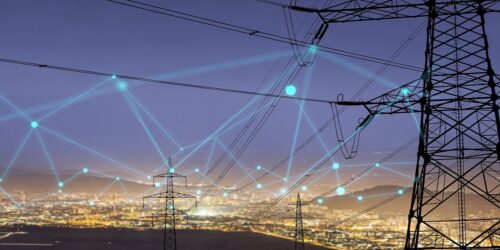PAKISTAN’S energy sector is in a total mess, riddled with shortages, inefficiencies, massive debt, dependence on imported fossil fuels etc. We have consolidated different energy-related ministries and institutions under one ministry but failed to develop a comprehensive and integrated policy for ensuring national energy security. The lack of a well-defined national energy strategy also means the absence of a proper mechanism for coordination among different entities, which mostly work in silos and often in opposite directions. Thus, the government has never been able to do more than firefight at times of crises. Not only is this a serious threat to Pakistan’s fragile economy and energy security, it also imposes massive additional costs on the consumers.
Take the example of the power sector. The country has dramatically enhanced its generation capacity over the last few years. Yet frequent blackouts continue because we did not invest in the distribution infrastructure to evacuate power from the plants to consumers. Likewise, we have unused, surplus LNG re-gasification capacity — which can be increased significantly in no time — at the two terminals in Karachi. But the government’s reluctance to allow them third-party access is keeping us from increasing imports to meet gas shortfalls in the winter. Hence, we see massive gas rationing for various sectors as temperatures fall. The authorities’ unwillingness to implement politically unpopular policy changes to address the worsening situation means that no company is prepared to invest capital in local oil and gas exploration. The story of local oil refineries operating at 60pc-65pc of their capacity is no different as the government imports refined products at the expense of precious foreign exchange.
So it would not be incorrect to point out that our energy troubles are more complex than they appear to be, and are more rooted in bad governance and lack of political will than supply shortages alone. In the late 2000s and the first half of the 2010s, energy shortages were estimated to have cost the country up to 4pc of GDP, forcing hundreds of factories to close down and leaving tens of thousands of workers jobless. Sadly, the economy is paying this price even today in spite of investments of billions of borrowed dollars in generation capacity under CPEC. Resolving the energy crisis requires much more than implementing supply-side fixes. The public energy sector cannot be repaired without deep governance and management reforms to remove inefficiencies and plug leakages. Nevertheless, reforms will not help overcome energy troubles unless there is competition from private parties and significant public investments are made in infrastructure. Indeed, the task is not easy as it will involve many politically unpopular decisions. But this bitter pill will have to be swallowed for the sake of the nation’s economy and the consumers. The government can start by developing an integrated energy policy with clearly defined goals and milestones.





